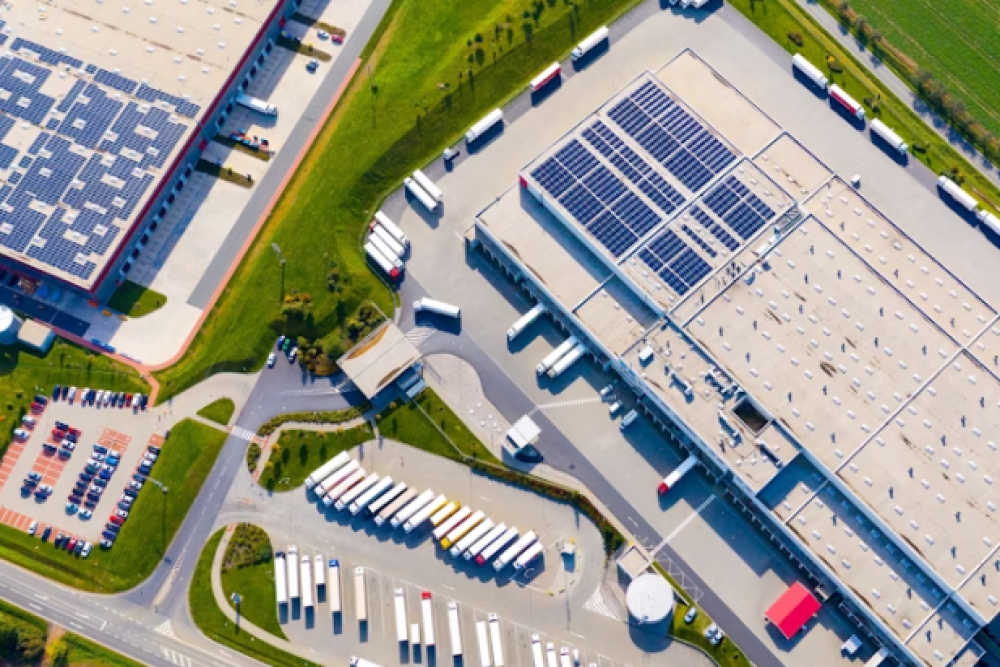Clean energy is moving toward the center stage in the global energy system as the new clean energy economy is emerging, according to the International Energy Agency (IEA), with $320 billion added to the economy globally in 2023.
The IEA said that clean electricity accounted for around 80 percent of new capacity additions to the world’s electricity system in 2023, and electric vehicles for around one out of five cars sold globally.
At the same time, global investment in clean energy manufacturing is booming, driven by industrial policies and market demand. Employment in clean energy jobs exceeded that of fossil fuels in 2021 and continues to grow.
“Quantifying the expanding role of clean energy in the economy is therefore essential to fully understand the stakes and momentum behind energy transitions,” the IEA said.
The energy organization has released a new country-by-country and sector-by-sector analysis that finds that in 2023, clean energy added around $320 billion to the world economy. This represented 10 percent of global gross domestic product (GDP) growth – equivalent to more than the value added by the global aerospace industry in 2023, or to adding an economy the size of the Czech Republic to global output.
This assessment is based on a first-of-its-kind analysis of three categories of activity in the clean energy sector:
- Manufacturing of clean energy technologies - investment in clean energy manufacturing, covering the value chains for solar PV, wind power and battery manufacturing
- Deployment of clean power capacity - investment in deployment of clean electricity generation capacity – such as solar PV, wind power, nuclear power and battery storage – and in electricity networks
- Clean equipment sales - sales of electric vehicles (EVs) and heat pumps.
The analysis is based on detailed project-by-project data gathered and processed by the IEA from primary and secondary sources.
“We conducted this analysis at the country level, and present here the in-depth results for four of the largest economies: the United States, the European Union, China and India, which together account for two-thirds of global GDP,” the IEA said.
GROWTHS IN US AND CHINA
GDP in the United States grew by a robust 2.5 percent in 2023. Clean energy was an important contributor: The Inflation Reduction Act and the Bipartisan Infrastructure Law drove a surge in investment in clean energy manufacturing, and sales of EVs also grew strongly.
Consequently, clean energy growth accounted for around 6 percent of GDP growth in the world’s largest economy in 2023. This is comparable in scale to the contribution to GDP growth in 2023 from the United States’ booming, artificial-intelligence-driven digital economy.
Clean energy accounted for around one-fifth of China’s 5.2-percent GDP growth in 2023. Each of the three categories assessed grew strongly, with the largest increase coming from investment in clean power capacity, followed by clean equipment sales, particularly EVs.
Expansion in clean energy manufacturing accounted for around 5 percent of China’s GDP growth in 2023, although the country’s surplus production capacity in technologies such as batteries (utilisation rates were around 30 percent in 2023) may limit the scope of this growth driver going forward.
Similar assessments have come to comparable conclusions, albeit with slightly different boundaries.
In the European Union, clean energy accounted for nearly one-third of GDP growth in 2023, the highest share of any region assessed, although its share is inflated by weak overall GDP growth of around 0.5 percent. Nonetheless, the EU’s strong climate targets and policies, such as the Fit for 55 package and the proposed Net Zero Industry Act, are supporting investments in clean energy manufacturing, which more than doubled between 2022 and 2023, driven in particular by battery manufacturing.
India was the fastest growing large economy in 2023, with GDP increasing by around 7.7 percent. Clean energy contributed slightly less than 5 percent of GDP growth in 2023, predominantly from investment in new solar power capacity.
Meanwhile, policies such as the Production Linked Incentive are attracting investment in new clean energy manufacturing capacity. In 2023, this remained relatively small as a portion of India’s overall economy, but interest from businesses and investors is increasing.


